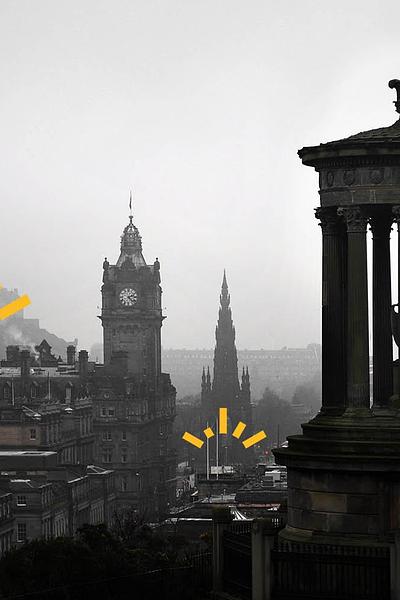Author: Dr Andrew Muir, CEO at FarrPoint
Broadband Outage Capital 2021 - Edinburgh
Earlier this August, Edinburgh was named the UK’s (this will open in a new window)outage capital 2021 by uSwitch – taking the unenviable title from Bristol. According to the survey, the capital lost nine million hours of broadband combined over the past year, although figures are expected to be higher as it’s thought that three in every four customers failed to report broadband outages to their provider last year.
On the face of it, it makes troubling reading for Edinburgers. The historical city has long-running connectivity challenges, and with a quarter of Scotland’s workforce operating remotely and businesses depending on digital connectivity to survive, it has significant economic ramifications.
While Edinburgh is celebrated across the globe for its arts and heritage, stringent planning regulations and festival embargos for civil works mean that projects to improve the city’s connectivity infrastructure are often challenged. There has been some success in the past, notably with the Council’s free Wi-Fi roll out in 2016, but deploying new technologies, especially wireless, are often met with issues particularly in the city centre due to its UNESCO status, around digging up cobbled streets or altering the city’s skyline.
In tandem with this, the city’s tenements and high-sided streets leave mobile connections patchy, and operators are often unable to attach small cells onto buildings to improve coverage due to similar planning objections.
Unpredictable weather patterns caused by climate change have a critical impact on our connectivity
There are, however, broader issues at play that pose a far greater threat, not just for Edinburgh but for the whole of the UK. Unbeknownst to many, unpredictable weather patterns caused by climate change have a critical impact on our connectivity infrastructure.
Flooding, freezing and other extreme weather events can damage core telecom nodes at any moment, and they have the potential to cause huge connectivity issues. Take the severe flash floods that hit the capital in August last year, for example. One of the worst storms to hit the UK in years wiped out internet connections for over 100,000 BT customers for an entire day.
We need to pay attention to the resilience of our essential communication infrastructure
This could get worse if we don’t pay attention to the resilience of our essential communication infrastructure and the threat from changing weather patterns. While we welcome the investment in critical infrastructure happening across the country right now, more needs to be done to understand our network’s resilience to these external weather shocks.
There is no one-size-fits-all approach to these connectivity issues. But, as with all complicated issues, compromises must be made. Planning departments need to be closely linked with economic development bodies to realise the full benefits that connectivity will bring to households and businesses across the country.
Future-proofing our telecoms networks
Improved collaboration with providers, networks and public bodies is a must and are already starting to be seen. Innovative projects such as the Scottish Futures Trust’s Infralink project, which connects potential landlords with mobile operator tenants, are great starters-for-ten.
Ultimately, there needs to be a better understanding of the wider risks associated with climate change, and how to mitigate them. The Government’s plans to connect everyone to high-speed broadband are worthy of applause, but just how future-proofed these networks are could pose a huge issue to the future economic prosperity of the UK. The risk is too big to leave to chance.
This article has originally been published in the Herald.
Digital and Net Zero
At FarrPoint, we believe that the only way to reach the net-zero target is embracing an inclusive digital technology strategy across all sectors of our economy as well as in public services including health, education and social care. Our modelling has shown that for every tonne of GHG emitted to deliver the UK’s digital infrastructure ambitions, up to 8 tonnes of GHG emissions could be saved in the long term.
Find out more about our net-zero and digital modelling.
